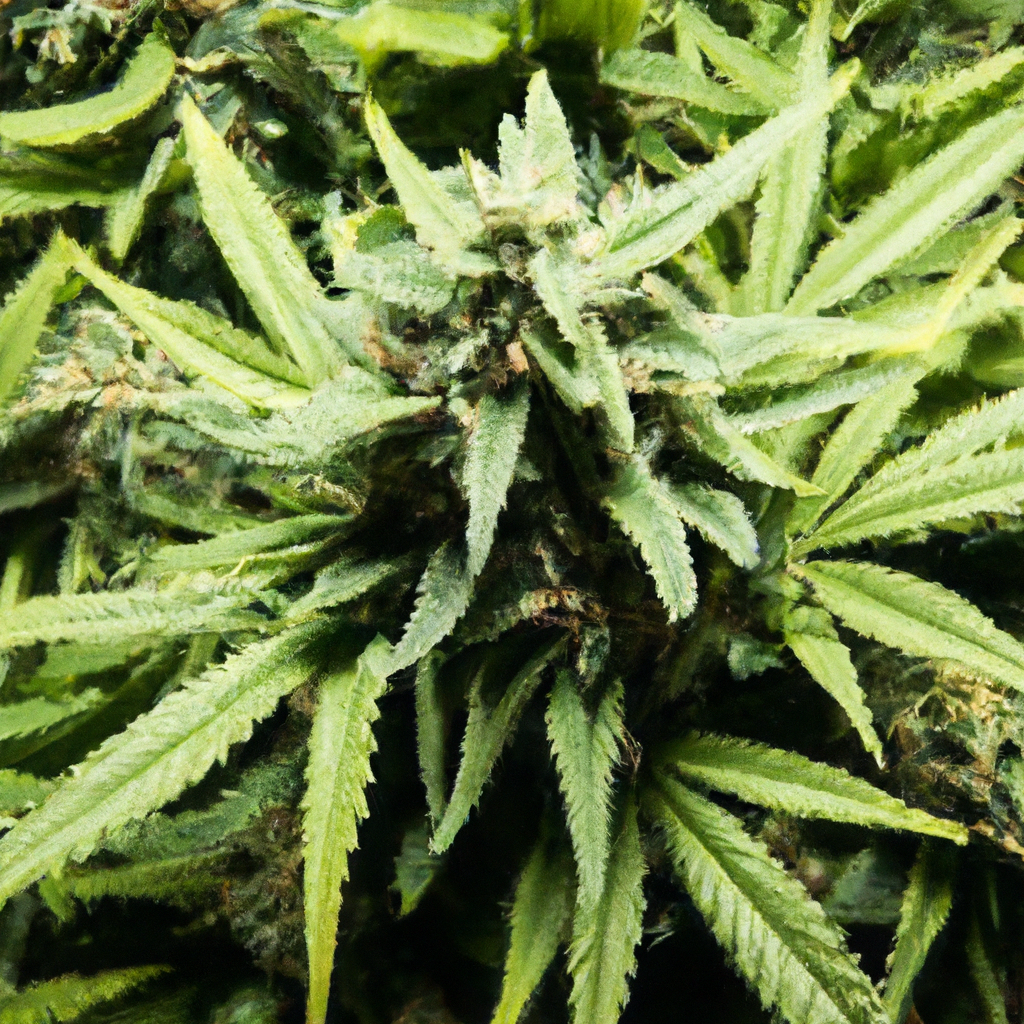Your cart is currently empty!
Successfully cultivating cannabis requires a deep understanding of various environmental factors that affect plant growth. Climate management is a cornerstone of achieving optimal growth and yield. This article will delve into techniques and best practices for managing climate conditions in your cannabis cultivation efforts.
Understanding Cannabis and Climate Needs
Cannabis thrives in specific climate ranges, and these needs often vary based on strain. Understanding these requirements is key to creating the perfect environment for your plants. The primary climate factors to monitor include temperature, humidity, and airflow.
- Temperature: Cannabis plants prefer temperatures between 70-85°F during the day and slightly cooler at night. Extreme temperatures can stress plants, leading to reduced yield.
- Humidity: The ideal humidity level decreases as the plant matures. Seedlings and clones thrive in 65-70%, while flowering plants prefer around 40-50%.
- Airflow: Good airflow prevents mold and ensures plants receive enough carbon dioxide to fuel their growth.
Techniques for Effective Climate Management
Managing climate requires a combination of technology and technique. Here’s how to keep your grow room environment optimal:
- Temperature Control: Use heaters or air conditioners with thermostatic controls to maintain stable temperatures. Insulating the grow room can also improve temperature regulation.
- Humidity Regulation: Dehumidifiers or humidifiers with hygrometers can automate humidity adjustments. Ensure ventilation systems are robust to manage moisture effectively.
- Air Circulation: Install oscillating fans to keep air moving throughout the grow space. This simulates natural wind effects, strengthening plant stems and preventing mold growth.
Troubleshooting Common Climate Challenges
Even with the best preparations, challenges can arise. Here’s how to troubleshoot common issues:
- Heat Stress: Look for leaf edges curling upwards or scorched leaves. Lower the temperature and ensure proper ventilation.
- Excess Humidity: Indicated by condensation and mold presence. Increase ventilation and use a dehumidifier to bring levels to a suitable range.
- Poor Airflow: Stagnant air can lead to pests and disease. Introduce more fans and consider air exchange systems.
Conclusion
Achieving the right climate for cannabis cultivation can significantly impact your plants’ health and yield. By understanding the specific needs of your plants and implementing effective climate management techniques, you can create an environment where your cannabis can thrive. Remember, consistent monitoring and adjustments are crucial as your plants progress through different growth stages.
Whether using high-tech solutions or simple tools, the key is balance and attentive care. Explore these methods and refine your approach to climate management for optimal results.
Embrace the balance between nature and technology to nurture your cannabis garden to its fullest potential.
Author’s Note: For additional resources on cannabis cultivation and climate management, stay tuned to our blog for updated tips and insights from industry experts.
Discover more from Magic Clones
Subscribe to get the latest posts sent to your email.


Leave a Reply